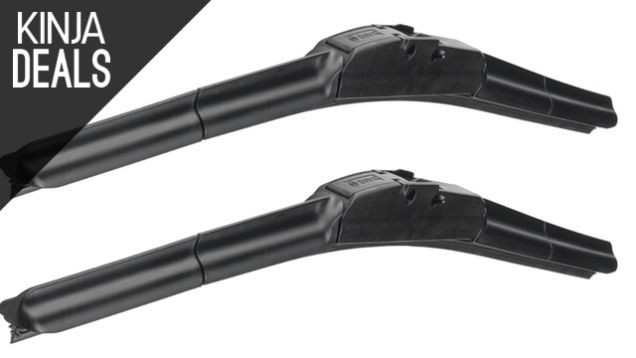What s the Best $5 Energy Stock to Buy (SD)
Post on: 23 Апрель, 2015 No Comment

There is something about a cheap-looking stock price that seems to tempt investors. When a stock gets down below $5 it’s hard not to think about how easy it would be for that stock to double into a $10 stock and still look cheap. Savvy investors will of course realize that a $5 stock could actually be a very expensive stock. You can often find a stock trading at over $100 per share that is cheap while one trading below $5 can be ridiculously expensive. That being said, sometimes stocks are beaten down so badly by the market that there are some great values to be found.
55.58%
Source: Company SEC filings and author’s calculations. * Enterprise value includes outstanding preferred stock.
We can make plenty of observations from the above chart as several numbers really jump out. Quicksilver really stands out for how much debt the company has on its balance sheet not just when compared to its peers but in terms of its total enterprise value. That alone might not make it the best stock to buy, as too much debt adds to a company’s risk. That’s why it’s important to see how much debt adds to the overall enterprise value of the companies on this list. Abraxas has the least amount of leverage on the list while Quicksilver and Halcon have taken on more leverage.
These leverage ratios factor into the reasons why these stocks are trading in the $5 per share range — the market hates companies that have too much debt. One other thing that I will point out is that both SandRidge and Magnum Hunter have more reasonable debt to enterprise values though both do have preferred shares which could count as debt. The bottom line is that when looking at a company’s value, it’s best to look deeper than just its stock price before you buy.

Source: SandRidge Energy
Looking at the enterprise value for an energy company provides a more accurate picture of what investors are really paying for the company as a whole. That’s because from here we can then take a look at how a company is trading against its EBITDA, which is a good proxy for its potential cash-generating ability. It also gives you an idea of what a potential acquirer might be willing to pay for the company in question. By dividing its enterprise value into its trailing-12-month EBITDA we get a ratio which paints a clearer picture than a price to earnings ratio, which can be deceiving because many of these companies don’t have any earnings:














